
Top Gun: Maverick is a ‘barrier-breaking sequel’ whose real-life jet-flying scenes will, ahem, ‘take your breath away’, according to rave reviews. But just how real is real?
Fans had demanded a sequel to the 1986 classic for decades but star Tom Cruise had held off until the studio could meet his non-negotiable requirement.
‘If I’m ever going to entertain this, we’re shooting everything practically,’ Cruise told them. ‘I’m in that F/A-18 [jet], period. So we’re going to have to develop camera rigs. There’s going to be wind tunnels and engineering. It’s going to take a long, long time for me to figure it out.’
Then came the small matter of convincing the US Navy to let them shoot a film live in $67.4 million military jets. Initially the Navy was resistant – couldn’t the studio just use CGI special effects like everyone else?
But Cruise was determined. Every time you see an actor in an aeroplane in Top Gun: Maverick, there is an actor in an aeroplane.
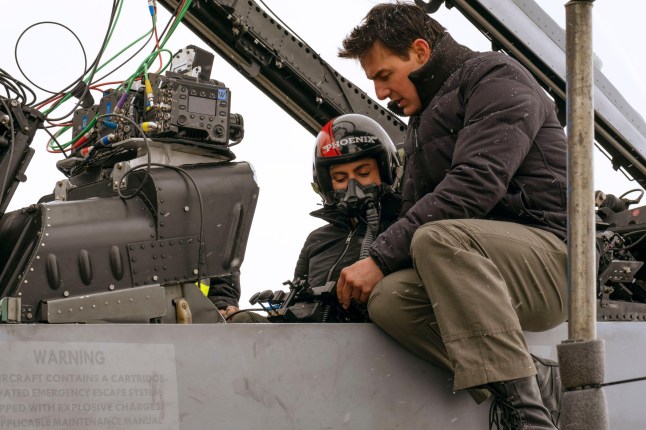
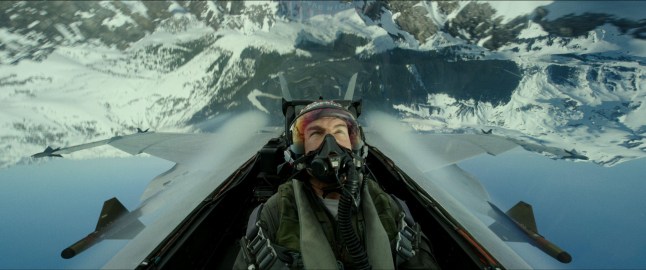
The only visual effects used were for manoeuvres involving safety considerations.
‘There will be speculation that, “well, there was no way an actor was in that airplane at 50ft inverted, going over the ridge at 580mph at seven Gs.” But there was!’ confirms the US Navy’s technical adviser for the film, Captain Brian Ferguson.
That was fine for Cruise, an experienced pilot who flies warbirds for fun (the vintage silver Red Tail plane Cruise flies with Jennifer Connelly in the movie is actually his), but he then had to enlist and train his young cast to fly planes.
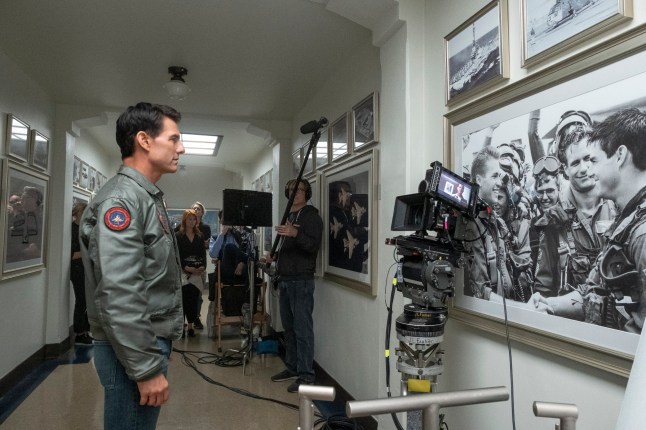
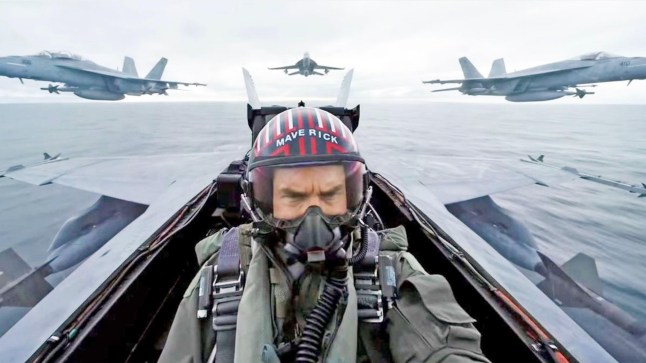
‘You had to sign a paper basically saying you weren’t afraid to fly,’ Danny Ramirez, who plays new character Fanboy, said. ‘And I was like “Well, I’m definitely terrified of being in the air, but I can’t pass this up.”’
‘I wouldn’t let an actor walk my dog, let alone fly a plane,’ Miles Teller, who plays the son of Top Gun character Goose, has joked. ‘Everybody thought it would be impossible and that’s what drove it.’
Cruise created an intense five-month aviation programme for his cast, complete with daily targets. Each evening they had to record their progress so Cruise could adjust their training.
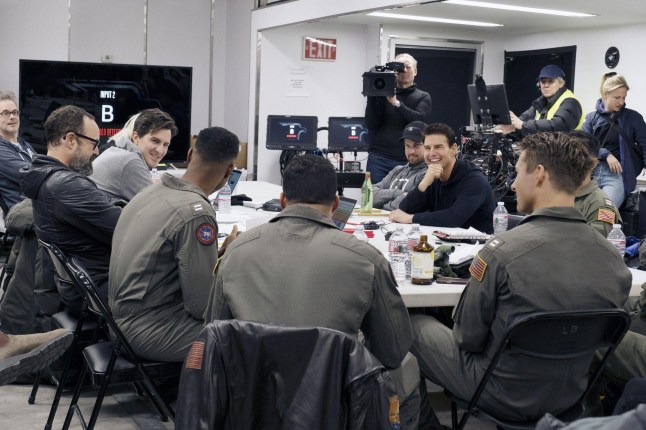
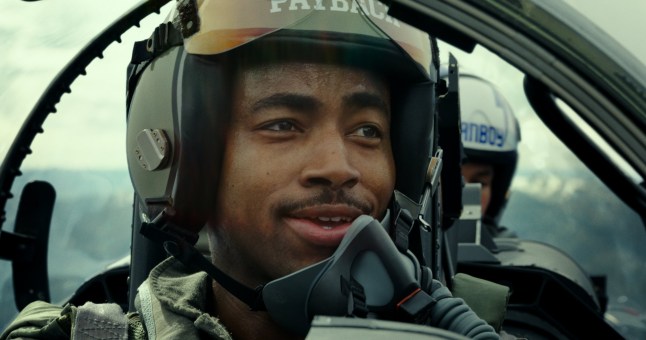
‘I read every form, every night,’ Cruise has attested.
It was all necessary. The cast had to withstand extreme G-force without throwing up or blacking out. The G-force distortion of the actors’ faces is unfaked.
More than that, they were required to act under those conditions, with no margin for error.
The US Navy was keen to collaborate – after all, the original Top Gun boosted recruitment by 500% in the year after the movie’s release.
But it’s not like Hollywood had them at their beck and call. Time in the air was limited and if they looked through the rushes and realised the lighting or make-up wasn’t right or the actors fluffed lines, it’s not like popping back up to do reshoots was an option.
More Trending
Each flight demanded hours of briefing. Ground-to-air units shot simultaneously and there were days where 27 cameras were constantly deployed to ensure full coverage.
So where to go from here? With Cruise collaborating with Elon Musk and Nasa on a movie that will be shot in space, the only way is up, up, up.
Book your ticket to see Wicked now!
Top Gun: Maverick is out in cinemas on Friday.














